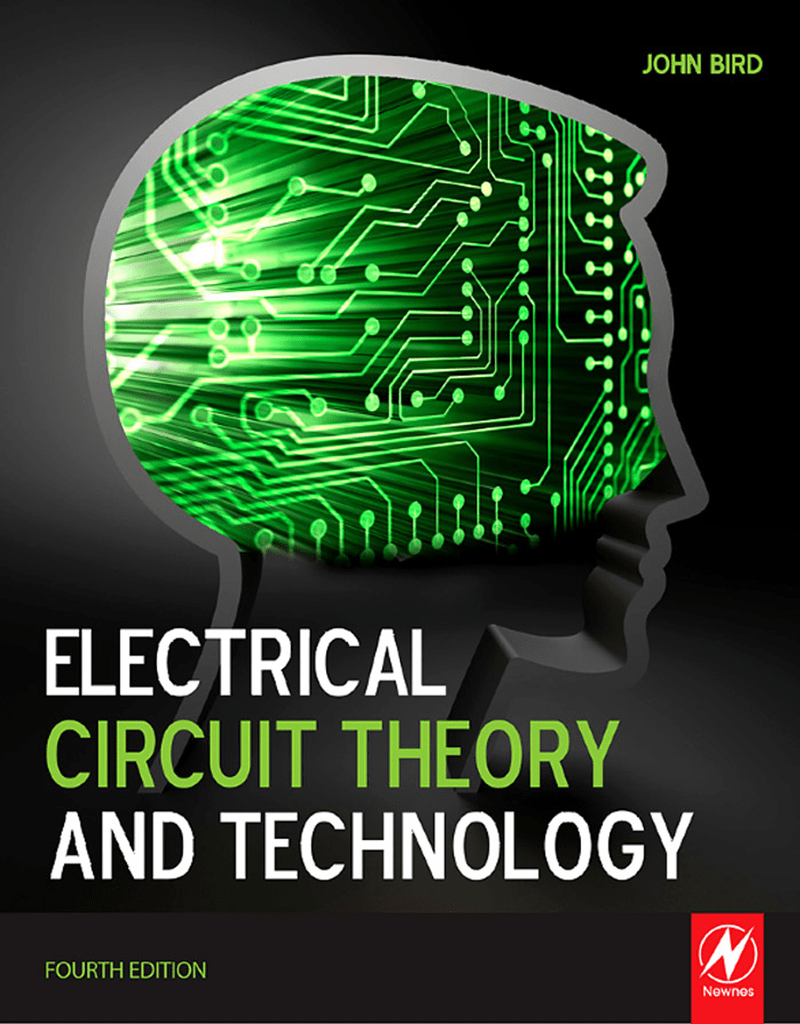EEE 304 ELECTRIC CIRCUIT THEORY Circuit Diagram 6.002 is designed to serve as a first course in an undergraduate electrical engineering (EE), or electrical engineering and computer science (EECS) curriculum. At MIT, 6.002 is in the core of department subjects required for all undergraduates in EECS. The course introduces the fundamentals of the lumped circuit abstraction. Topics covered include: resistive elements and networks; independent

Electronic theory explores the behavior and flow of electrons in materials and circuits. Voltage, current, resistance, capacitance, and inductance are fundamental concepts in electronic theory. Circuit analysis techniques such as Kirchhoff's Laws, Ohm's Law, Node Analysis, Mesh Analysis, and Superposition Theorem are used to study electrical Circuit theory is the cornerstone of electrical engineering, providing the rules and methods for analyzing electrical circuits. This page delves into the principles of circuit analysis, including Kirchhoff's laws, Thevenin's theorem, and Norton's theorem. The following text is designed to provide an efficient introduction to electronic circuit design. The text is divided into two parts. Part I is a barebones introduction to basic electronic theory while Part II is designed to be a practical manual for designing and building working electronic circuits.

PDF Fundamentals of Electronic Circuit Design Circuit Diagram
Learn electrical and circuit theory with our tutorials on Ohm's Law, Kirchhoff's Laws, resistance, capacitance, inductance, Learn about the different types of earths and grounds, and how they apply to everyday electronic circuits. Ohm's Law, Power and Energy. Graham Lambert 3 6 min read. Learn the concepts of energy, power, and Ohm

Electric circuit theory is one of the most vital aspects of electrical engineering. Understanding how components work individually and collectively is the basis for designing, manufacturing, and troubleshooting all kinds of electronic devices and systems.

Circuit Theory Circuit Diagram
Circuit Theory Prof. Todd Huffman What is circuit theory? Analysing (electrical) circuits, applying basic rules • The Art of Electronics, Horowitz and Hill, CUP 3 . Ohm's law Voltage difference current I L A V V IR R=Resistance Ω[ohms] Resistor symbols: R 4 . Other Circuit Symbols I 0 V 0